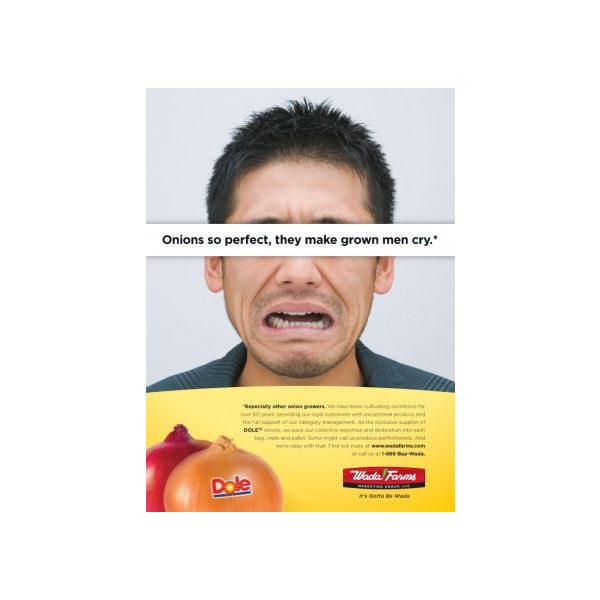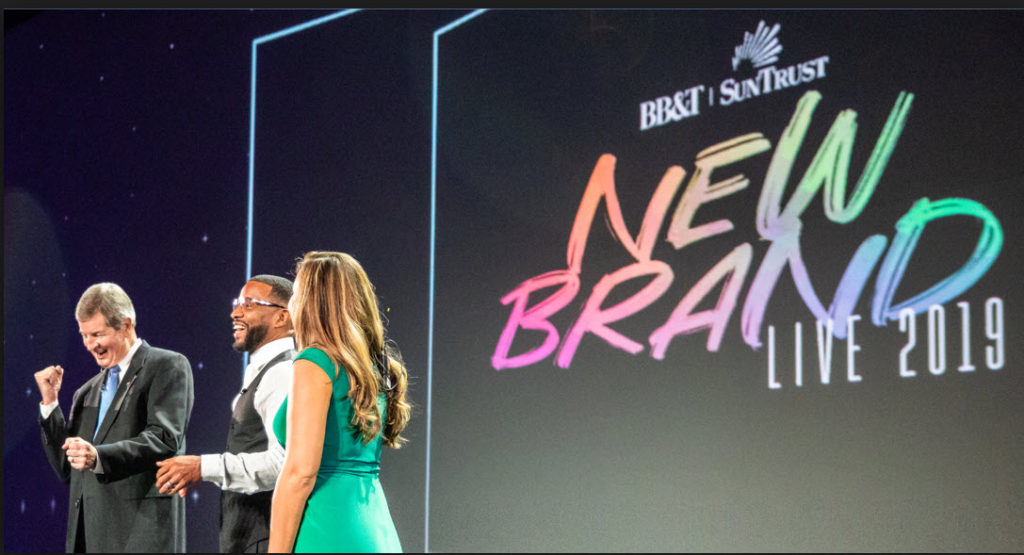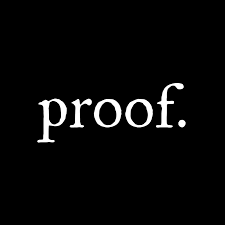The Case for Brand Strategy Investment.
 Brand strategy is such a misunderstood science. And undervalued.
Brand strategy is such a misunderstood science. And undervalued.
Here’s why: Brand strategy, as I define it, is “An organizing principle for product, experience and messaging.” As such, it guides all tactics — marketing and otherwise. Because brand strategy, by this definition, impacts the product it can also impact things like operations; typically not thought of as the domain of brand strategy. So, when the brand strategy for a commercial maintenance company has “preemptive” as a brand plank, it requires all employees to looking for problems with a customer building and grounds before they occur. Blind curbs due to poorly trimmed bushes, sweating pipes that lead to burst pipes; things typically outside of the normal contract. Things commercial maintenance companies aren’t paid for. This is an example of an operational component of the brand strategy.
Preemptive is both a care-about and a good-at at Excel Commercial Maintenance in NY. It’s partly why they landed a huge cornerstone account ten year ago.
Brand strategy – unless you are hiring a multinational company – can cost less than an ad in a national magazine. Yet it is rarely funded. It’s just not valued as much as the tactics it should be driving. That’s probably why John Wannamaker coined the phrase “I know half my advertising is working, I just don’t know which half.”
Measure twice (invest in brand strategy) and cut once.
Peace.









